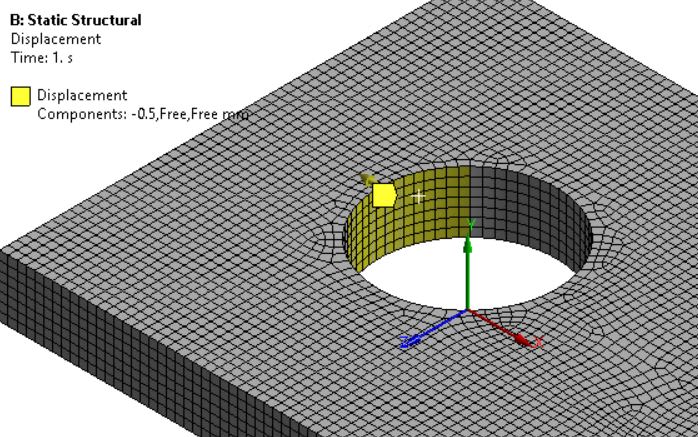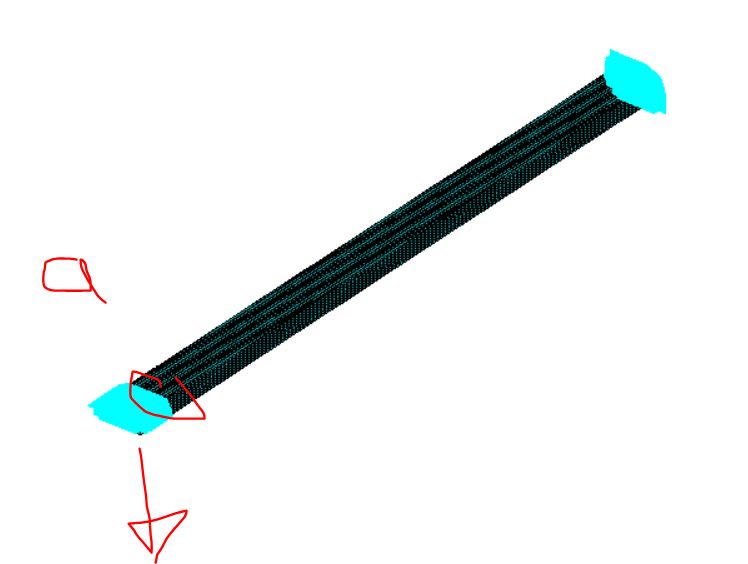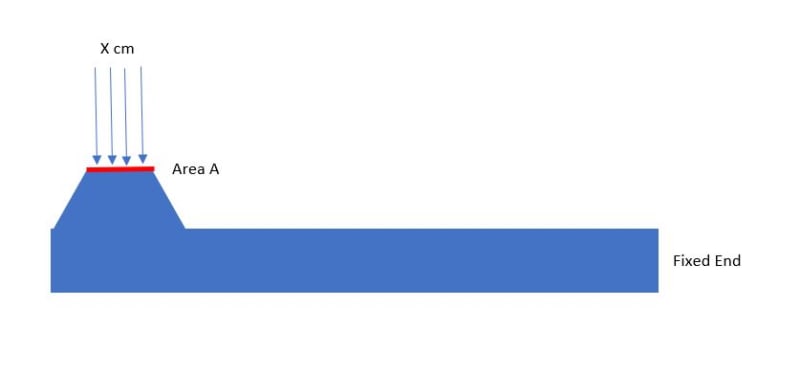Lee.Conti
Automotive
- Nov 8, 2019
- 87
Hi all,
I understand we don't take stress at the boundary condition especially SPC.
What if I apply displacement across an area, is the stress at this area valid for assessment? Thanks!
I understand we don't take stress at the boundary condition especially SPC.
What if I apply displacement across an area, is the stress at this area valid for assessment? Thanks!




